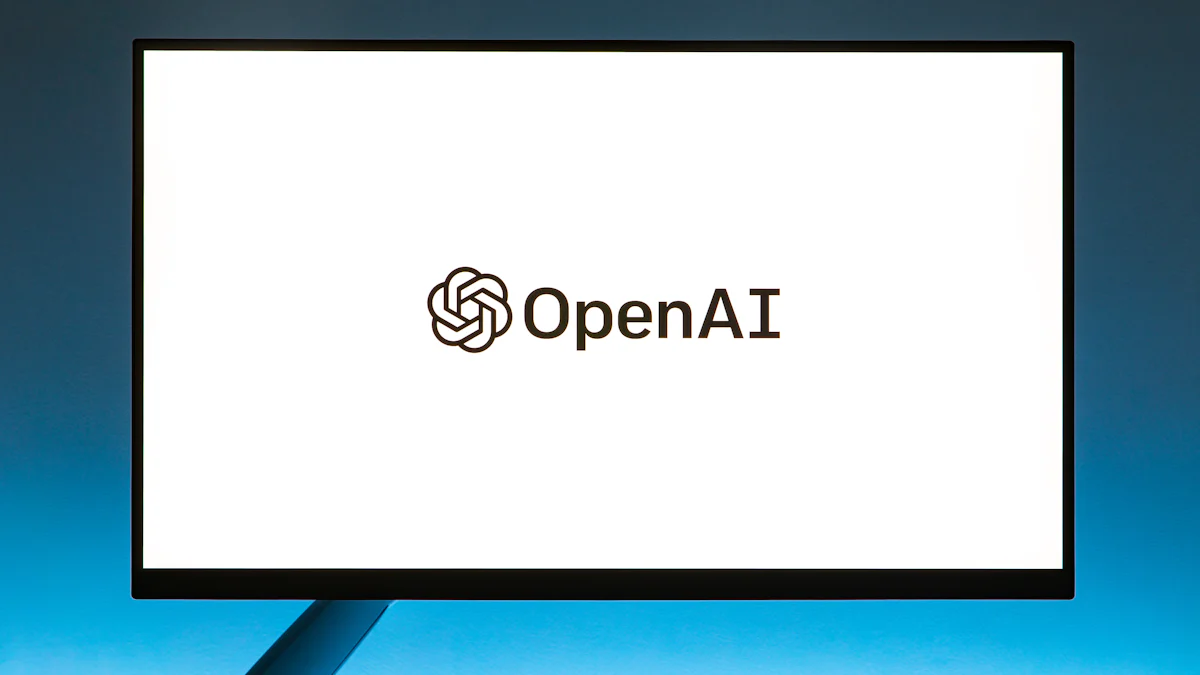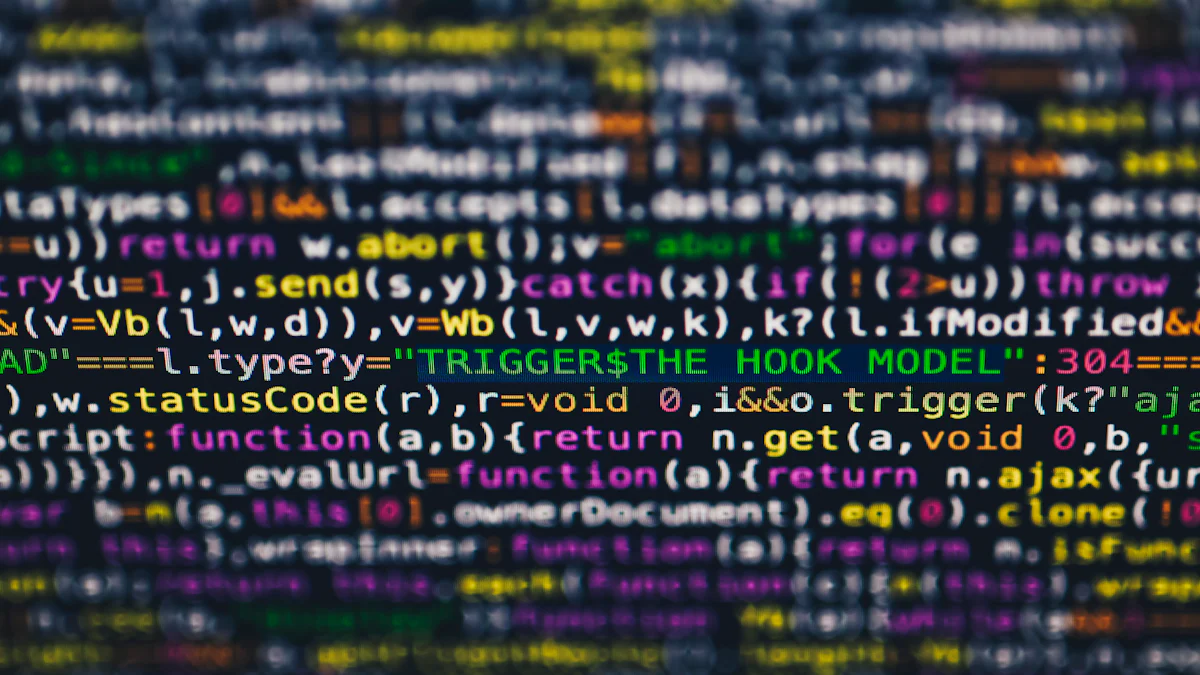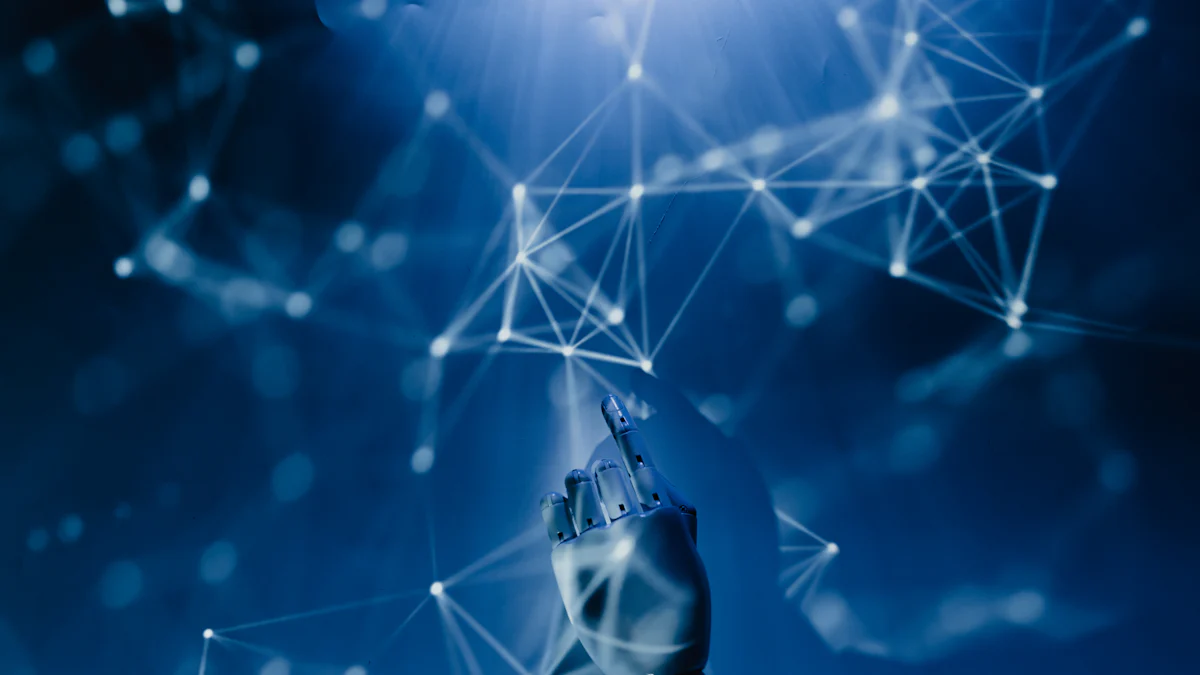What's Next for OpenAI's Flagship A.I. Model?

OpenAI Says It Has Begun Training a New Flagship A.I. Model in its latest endeavor, which involves training a groundbreaking AI model set to redefine technological boundaries. The advancements in AI technology are pivotal, with an expected annual growth rate of 37.3% between 2023 and 2030, as highlighted by Grand View Research. This new flagship model signifies a significant leap towards achieving artificial general intelligence capabilities. Notably, OpenAI has prioritized safety and security measures by establishing a dedicated committee to address critical decisions in this realm.
OpenAI's New Flagship AI Model
OpenAI has initiated the training of its next-generation AI model, the successor to GPT-4, marking a significant milestone in the field of artificial intelligence. This new flagship model is poised to revolutionize technological boundaries and propel advancements in AI capabilities. The company aims to achieve artificial general intelligence by harnessing the potential of this cutting-edge model.
Announcement Details
The training of OpenAI's new flagship AI model signifies a strategic move towards enhancing AI technologies.
This groundbreaking endeavor underscores OpenAI's commitment to pushing the boundaries of innovation in artificial intelligence.
The announcement of training the next-generation AI model highlights OpenAI's dedication to staying at the forefront of the AI landscape.
Expected Capabilities
The new flagship AI model is expected to exhibit unparalleled capabilities, surpassing its predecessors in performance and functionality.
With a focus on achieving artificial general intelligence, OpenAI's new model is anticipated to redefine the standards for AI systems.
By leveraging advanced training algorithms and computational resources, this flagship model aims to set new benchmarks in the realm of artificial intelligence.
Hours Ago
Recent Developments
Recent developments indicate that OpenAI's training process for the new flagship AI model is progressing steadily.
The company's commitment to innovation and excellence is evident in the continuous advancements made during the training phase.
Updates on recent developments underscore OpenAI's relentless pursuit of excellence in developing state-of-the-art AI technologies.
Timeline of Training
Data Collection
Drawing insights from diverse sources, including vast datasets and real-world scenarios, forms a crucial part of the training process.
Analyzing data using sophisticated techniques enables OpenAI to enhance the learning capabilities of its new flagship AI model.
Model Training
Implementing cutting-edge training algorithms empowers OpenAI to optimize the performance and efficiency of its flagship AI model.
Leveraging substantial computational resources plays a pivotal role in accelerating the training process and achieving superior outcomes.
Training Process

Data Collection
Sources of Data
Diverse Sources: OpenAI's new flagship AI model gathers insights from various sources, including vast datasets and real-world scenarios.
Real-time Data: The model leverages real-time data to enhance its learning capabilities and adapt to dynamic environments.
Data Analysis Techniques
Advanced Algorithms: OpenAI utilizes advanced algorithms to analyze the collected data effectively and extract valuable insights.
Optimization Strategies: By employing optimization strategies, the AI model enhances the quality and relevance of the analyzed data.
Model Training
Training Algorithms
Cutting-edge Approaches: OpenAI implements cutting-edge training algorithms to optimize the performance and efficiency of its flagship AI model.
Innovative Methods: The company explores innovative methods to train the AI model effectively and achieve superior outcomes.
Computational Resources
High-Performance Computing: Leveraging high-performance computing resources accelerates the training process and enhances the model's capabilities.
Scalable Infrastructure: OpenAI invests in scalable infrastructure to support the computational requirements of training its next-generation AI model.
The selection of appropriate data collection methods significantly impacts the success of AI projects, influencing data accuracy, quality, and relevance. Research scientists are increasingly embracing artificial intelligence technology for its transformative capabilities, streamlining tasks and fostering innovation. AI has revolutionized data collection by automating processes and enabling access to real-time, high-quality data from diverse sources.
Safety and Security Measures
In the realm of artificial intelligence, ensuring safety and security measures are paramount to mitigate potential risks and safeguard against unintended consequences. OpenAI has taken proactive steps to address these critical aspects through the establishment of a dedicated Safety Security Committee.
Safety Security Committee
Roles and Responsibilities
The Safety Security Committee at OpenAI plays a pivotal role in overseeing the safety and security protocols associated with the development and deployment of AI technologies.
Its primary responsibility is to evaluate potential risks, identify vulnerabilities, and recommend strategies to enhance the overall safety posture of AI systems.
By conducting thorough assessments and implementing robust safeguards, the committee aims to uphold ethical standards, promote transparency, and ensure compliance with regulatory requirements.
Policies and Procedures
Ethical Framework: The committee is tasked with developing an ethical framework that guides the responsible use of AI technologies in alignment with societal values.
Compliance Protocols: Implementing stringent compliance protocols ensures that AI systems adhere to legal standards, data privacy regulations, and industry best practices.
Incident Response Plan: A comprehensive incident response plan is established to manage security breaches effectively, data leaks, or other unforeseen events promptly.
Risk Management
Identifying Risks
Identifying potential risks associated with AI technologies involves assessing various factors such as system vulnerabilities, data integrity issues, algorithm biases, and external threats.
By conducting thorough risk assessments and scenario analyzes, OpenAI can proactively identify vulnerabilities and preemptively address security concerns before they escalate.
Mitigation Strategies
Continuous Monitoring: Implementing continuous monitoring mechanisms enables real-time threat detection and response capabilities to mitigate risks promptly.
Security Audits: Regular security audits are conducted to evaluate the effectiveness of existing security controls, identify gaps, and implement remediation measures proactively.
Training Initiatives: Educating employees on cybersecurity best practices enhances awareness levels, reduces human errors, and strengthens overall resilience against potential cyber threats.
Future Implications

Impact on Jobs
The integration of artificial intelligence (AI) into various sectors has sparked discussions about its impact on the workforce. Jobs across industries are undergoing transformations due to advancements in AI technology. While there are concerns about potential job displacement, there is also a recognition of the opportunities for job creation that AI presents.
Potential Job Creation
AI's evolution has the potential to create new employment opportunities across different sectors. Industries such as healthcare, education, and technology are witnessing a surge in demand for roles that require expertise in AI technologies.
The implementation of AI systems has led to the development of specialized positions focused on data analysis, machine learning, and AI research. These roles offer individuals the chance to contribute to innovative projects and drive technological advancements.
As organizations embrace AI-driven solutions, there is a growing need for skilled professionals who can design, implement, and maintain these systems. This demand for specialized talent is fostering a competitive job market with diverse career prospects.
Job Displacement Concerns
Despite the promise of job creation, concerns persist regarding potential job displacement resulting from automation and AI integration. Certain tasks that were traditionally performed by humans may be automated through AI technologies, leading to shifts in job requirements and skill sets.
White-collar professions that involve routine tasks or data processing are particularly susceptible to automation-driven changes. However, it is essential to note that while some jobs may evolve or be replaced by AI systems, new opportunities for upskilling and reskilling are emerging.
Organizations are recognizing the importance of workforce adaptation and investing in training programs to equip employees with the skills needed to collaborate effectively with AI technologies. By fostering a culture of continuous learning and innovation, companies can navigate the evolving job landscape successfully.
Applications in Various Sectors
The transformative potential of AI extends beyond job dynamics and permeates various sectors, where its applications are reshaping traditional practices and driving innovation.
Healthcare
In healthcare, AI technologies are revolutionizing patient care, diagnostics, and treatment outcomes. From predictive analytics that enhance disease detection to personalized treatment plans based on genetic insights, AI is enhancing healthcare delivery.
Medical professionals leverage AI-powered tools for image analysis, drug discovery, and patient monitoring, leading to more accurate diagnoses and tailored interventions. The integration of AI algorithms streamlines administrative processes and optimizes resource allocation within healthcare facilities.
Education
The field of education is experiencing a paradigm shift with the integration of AI-driven solutions that personalize learning experiences and improve educational outcomes. Adaptive learning platforms use AI algorithms to tailor lesson plans according to students' individual needs and learning styles.
Virtual tutors powered by natural language processing capabilities engage students in interactive learning experiences while providing real-time feedback. Educational institutions utilize data analytics derived from AI systems to enhance teaching methodologies and student performance assessments.
By harnessing the potential of artificial intelligence responsibly across diverse sectors like healthcare and education, society can unlock new possibilities for innovation while addressing challenges related to job dynamics effectively.
Highlighting the potential of OpenAI's new flagship AI model, the advancements in artificial intelligence technology are set to redefine innovation across industries. With a dedicated Safety Security Committee in place, OpenAI prioritizes safeguarding against risks and ensuring ethical AI deployment. Looking ahead, the future outlook underscores the transformative impact of AI on job dynamics and societal progress. Recommendations include fostering a culture of continuous learning to adapt to evolving technological landscapes.
See Also
Exploring Opera One Browser's Newest AI Enhancements
Combatting 2024 Malware and Ghost Engine Threats
Elevate Meetings with Google Meet's Dynamic Sound
Exciting Update: Poco F6 Debuts in India with Snapdragon 8s Gen

